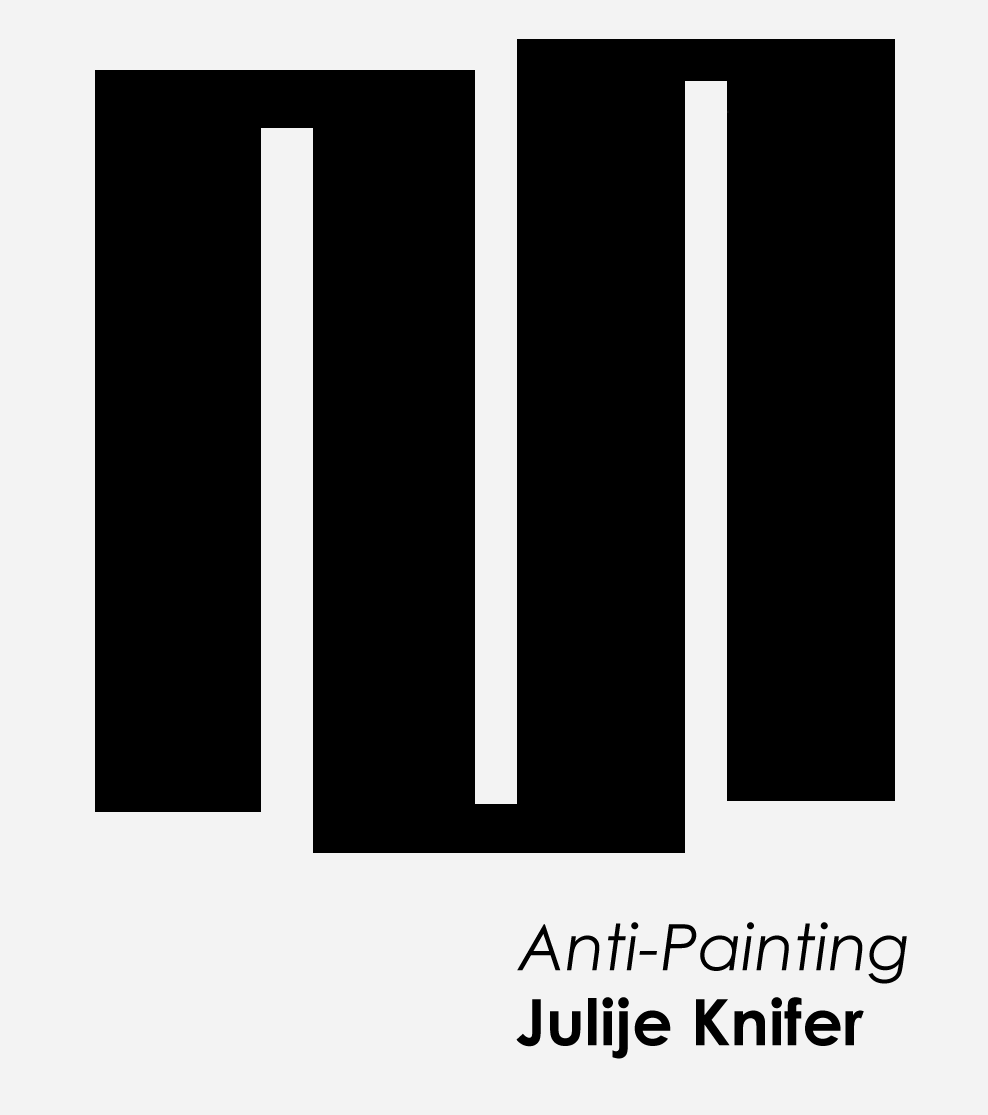13/03 – 27/8 2021
Curator | Ana Knifer, MUWA team
Museum der Wahrnehmung (MUWA) | Graz | Österreich
Julije Knifer wrote in his diaries in 1976 that he wanted to “achieve anti-painting through a process of reduction”, through “ultimate contrasts and a final rhythm”. The artist refused any interpretation of his works going beyond the visual: „There are two extreme minimums – the white and the black surface. Between these two poles are meanders or maybe other shapes. I chose the meander. However this is not a matter of choice, but simply of certain process. In order to get that rhythm or reach it, I stopped at the meander.” The reduction of repetitive horizontals and verticals in almost exclusively white and black creates a monotony that gave him freedom and generates a rhythm. Chronology and development, on the other hand, were hardly significant for KNIFER: “To me, in fact, time plays no role and it is irrelevant when a painting was made. (…) I feel no need for progress in terms of either quality nor quantity.”
As for his pictorial work, Knifer defined comparable rules for writing. The texts should be “neutral and clear”, “pure and direct”, having their “flow and rhythm”. His pictorial variations on the meandering form found their counterpart in the rules for text formulation, which were repeatedly varied, as well as for his pictorial oeuvre. Repetition and rhythm thus characterised similarly his texts and pictorial works.
The exhibition at MUWA is curated by Ana Knifer, the artist’s daughter, together with the MUWA team, and shows mainly series, for example “Rules and Emotions” (1979), consisting of 20 graphite drawings on paper, and the four-part acrylic painting series “Poliptih” (1976).
Julije Knifer’s art can be seen again at the Museum of Perception MUWA: in 2014, Croatian artist Igor Eskinja juxtaposed a painting and several sketches and drawings by Knifer in dialogue with the works of his exhibition QUIXOTE.
Further works by the artist can be seen in a comprehensive personal exhibition since December 2020 in the Neue Galerie Graz, Universalmuseum Joanneum, which takes place in cooperation with the Museum for Modern and Contemporary Art in Zagreb.
